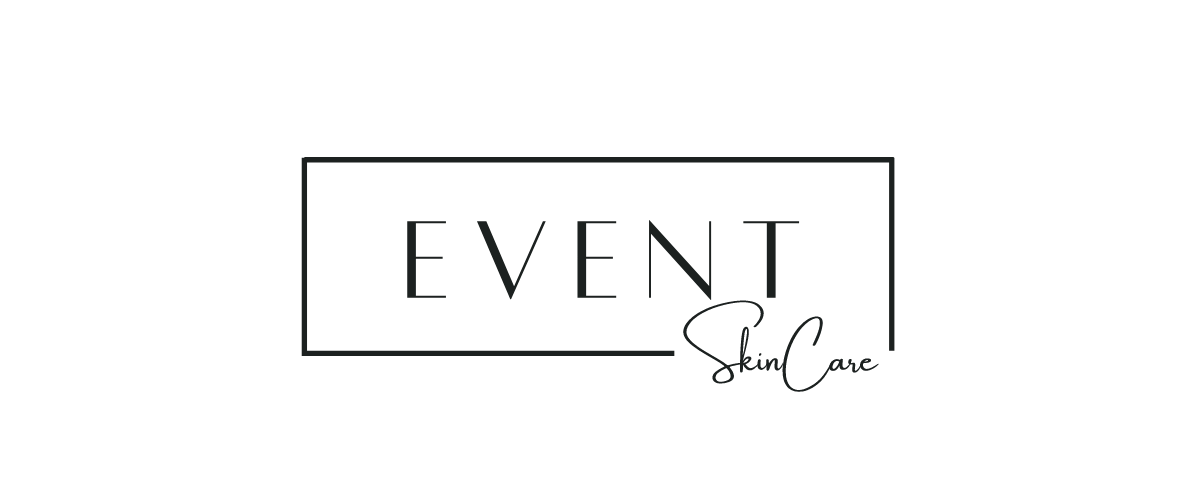Laser vs. IPL: How to Choose The Right Treatment for Sun Damage
What distinguishes IPL from lasers?
Both lasers and IPL deliver light energy to various targets in the skin—namely, brown pigment, red hemoglobin, and water. The light, once converted to heat, vaporizes these targets to improve the appearance of sunspots, ruddiness, and visible broken capillaries. Resurfacing lasers target water molecules, creating tiny injuries in the skin that stimulate repair and collagen production, making the skin thicker and smoother by reducing fine lines.
Despite sharing a common goal, the basic design of these two types of devices is very different—as is how they target skin damage. A laser emits a single, precise wavelength of light to an intended target at a specific depth in the skin. It hits its mark while avoiding collateral damage.
IPL sends forth a broad range of wavelengths—using a more generalized approach. Rather than honing in on a particular object, the light is scattered about to diffuse targets.
IPL has earned a reputation for being a sort of jack of all trades rendering it less powerful than a laser, so it usually requires more treatments to achieve a similar fix.
Because of the myriad wavelengths it releases, some are highly absorbed by the pigment in the skin’s topmost layer, so it’s not safe for dark skin.
On the flip side, however, it’s exactly this multifunctionality that appeals to those looking to do it all—lighten brown spots; fade the redness of sun damage, and rosacea, reduce hair growth; and spark new collagen—with less downtime.
Laser vs. IPL: Which is right for you?
When weighing IPL versus laser, consider your skin tone and concerns, your budget, and your tolerance for recovery.
IPL’s price point and lack of downtime boost its appeal. The treatment course is gentler than laser and the downtime is less It’s best for those with faint speckling and/or redness who don’t yet need the serious textural correction and collagen-building abilities of a fractional laser and won’t accept looking red and flaky for days after treatment. (With IPL, skin is pink for mere hours after)
IPL’s broadband energy output renders it off-limits to those with deeper complexions and heat-sensitive skin like melasma. I think it’s better to avoid light and lasers altogether in such cases, instead, chemical peels are usually the best option for light- and heat-sensitive skin.
While a laser’s sophisticated technology can make it more expensive, than IPL, the cost of treatment can truly get prohibitive if you need to tackle multiple concerns due to the fact a laser typically addresses one skin concern and needs to be combined with other technology.
The laser I use is the Er: Yag by Sharplight. It treats the entire canvas of the face instead of select spots. Although it’s primarily designed to build collagen, it has a secondary consequence of exfoliation, which releases the abnormal widespread pigment in the skin. For visible vascular lesions, I recommend the Nd: Yag by Sharplight.
Final Thoughts
IPL can remedy low-key mottling and redness at once, making it a solid rejuvenation tool for those with minimal sun damage looking for a modest refresh. It’s safest for lighter skin that can handle heat. Lasers are more potent and precise and offer greater control, making them suitable for nearly all skin tones and types—but they tend to come with a steeper price tag and more downtime. Different lasers can be layered, to attack multiple signs of damage in a single visit. Both lasers and IPL require several sessions for best results. As a general rule, the person wielding the device, whatever it may be, holds far more control over skin than does the tool itself.


